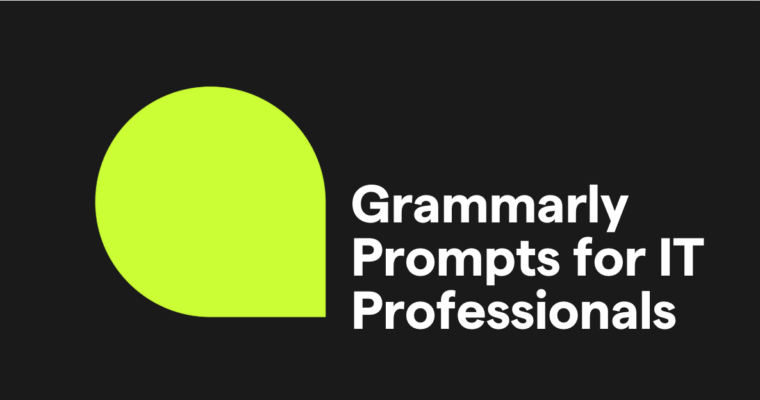If we had to describe professional writing using a single word, that word would have to be “clear.” Professional writing isn’t called professional because all other types of writing are unprofessional. It gets the name because it follows standards and rules that are important in certain professions, and there’s at least one standard that’s common to all of them—clarity of meaning. There should be no ambiguity of meaning in a medical research report, a legal case study, or a journalist’s report about an important event.
When to use “such as”
When you want to give an example for something you are writing about, you might use “like” as a conjunction.
In professional writing, however, you could use the phrase “such as” because it sounds more formal.
When to use “as well as”
In the same way we use “such as” instead of “like,” we might use “as well as” instead of “and.”
You will receive the product packaging as well as the new design concept tomorrow.
“And” and “as well as” are not completely interchangeable. Using “and” to join two or more subjects will create a compound subject, and any verbs used with them should be plural.
The packaging and the new concept are going to be on your desk by tomorrow.
“As well as” doesn’t create a compound subject.
The packaging, as well as the new concept, is going to be on your desk by tomorrow.
How to use “such as” and “as well as”
The most important thing to remember when using “such as” and “as well as” in professional writing is that they generally don’t require commas unless they are part of a nonrestrictive clause. Using commas with them might change the meaning of the whole sentence.
This is a restrictive example. In this sentence, it is clear that developing countries that resemble Vietnam will see continued GDP growth at a high rate.
This is an example of a nonrestrictive construction. It may mean that all developing countries, including Vietnam, will experience high GDP growth. Or it may mean that GDP growth will happen in developing countries that resemble Vietnam.
For purposes of clarity, you can take the nonrestrictive clause out of the sentence and use the information it contains to create a new sentence.






